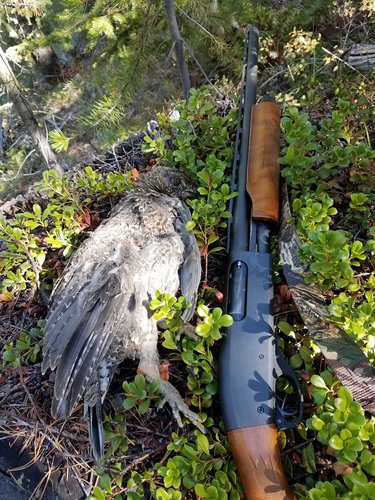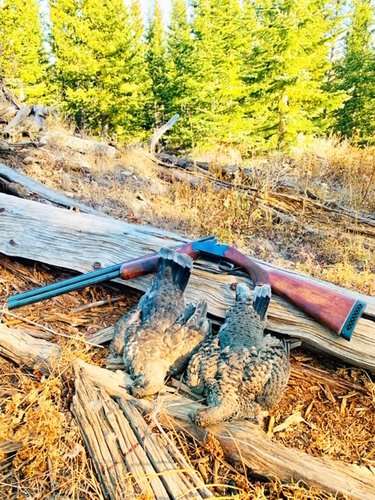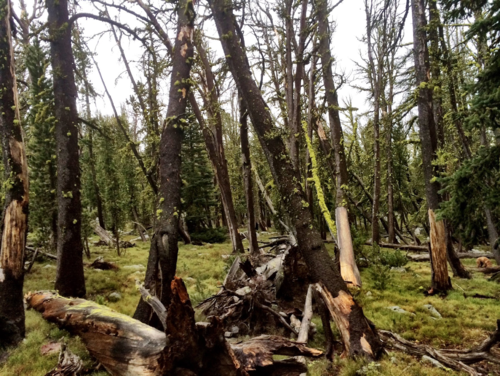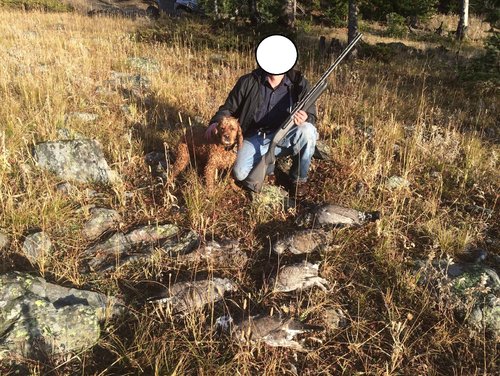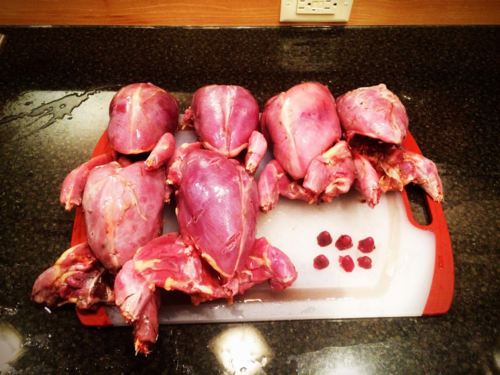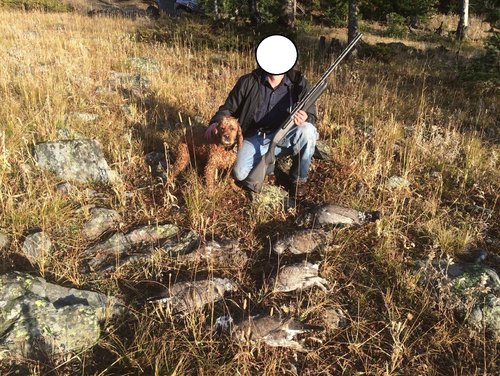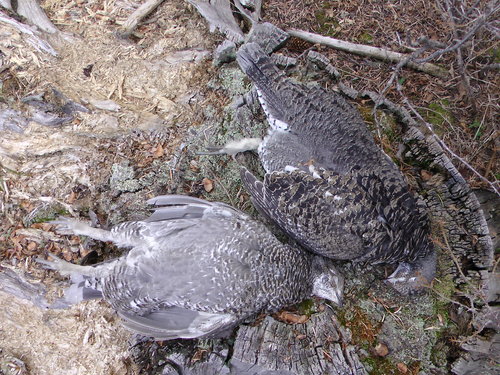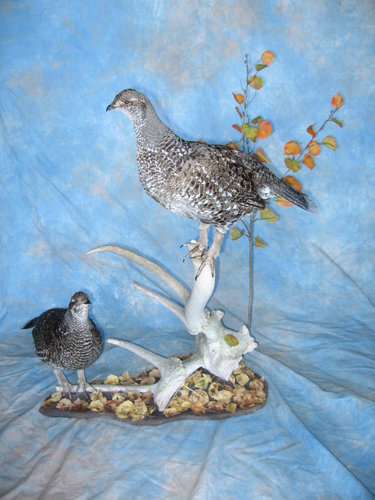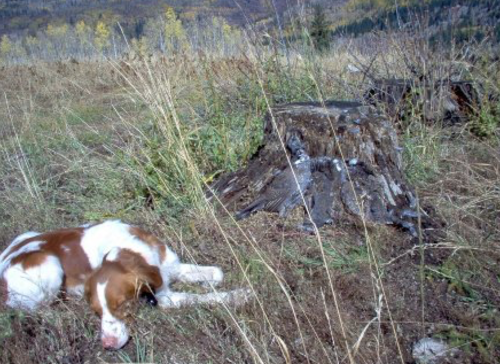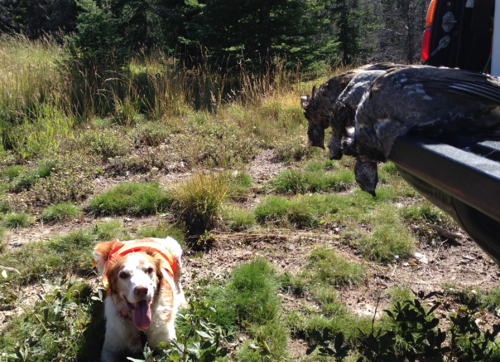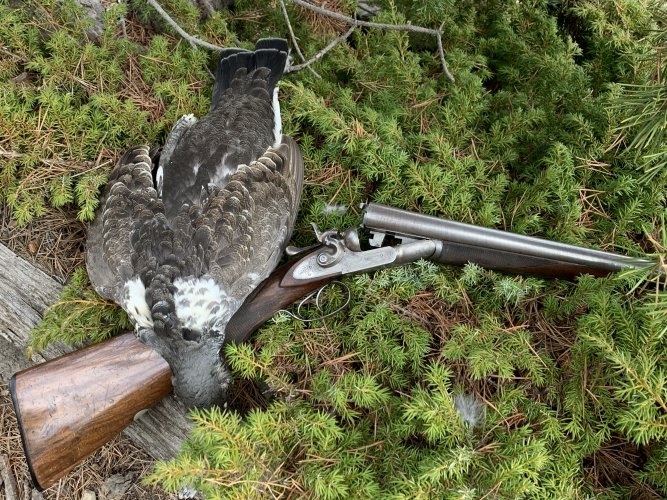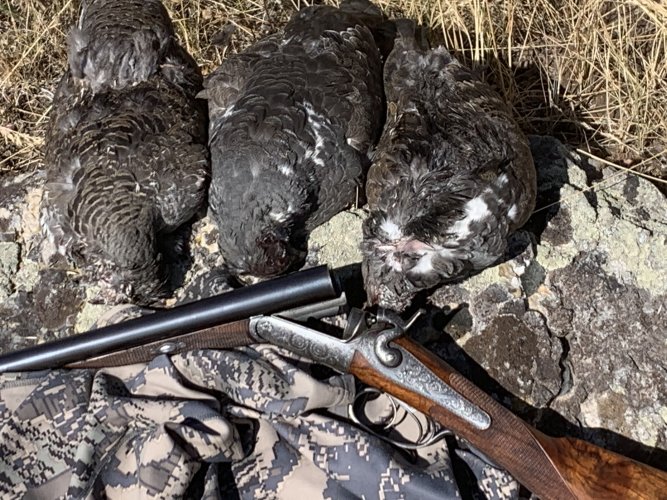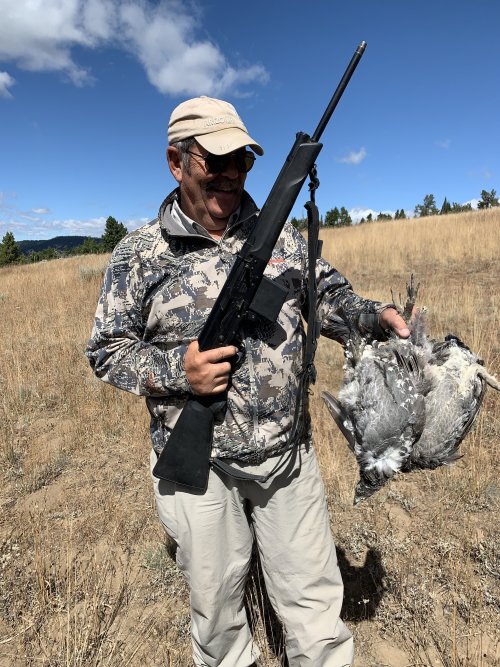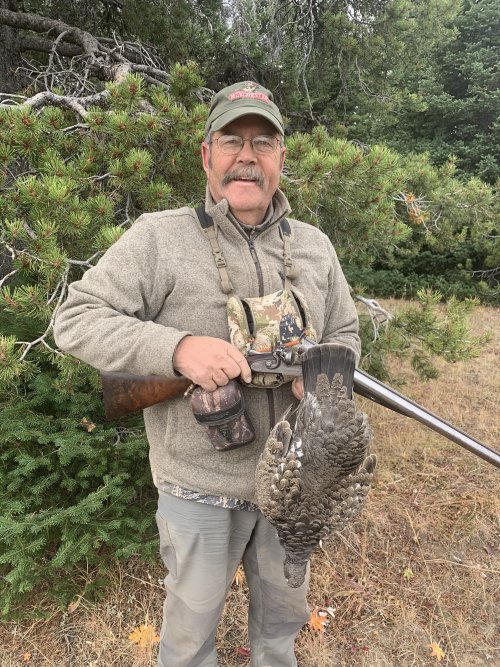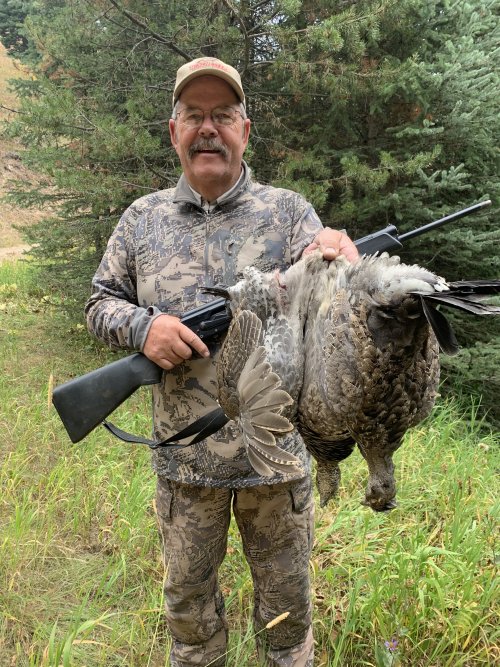lpcoutdoors
Active member
I'm really fascinated about the idea of hunting blue/dusky grouse with bird dogs. I have some young pups that I am excited about getting going, Brittanies. I've seen duskies while hunting big game in Colorado, and I know they are considered fools hens. But I hear they work really well for a bird dog early in the season. So I am planning a trip for mid September for next year. I haven't decided on the exact spot, I've hunted big game on the Uncompahgre and seen them, but I hear good things about the Steamboat and Marble areas, among others. In any case, I'm looking for anyone to give up their spot.
But I am looking for good hunting stories, just to enjoy and be inspired by during this offseason and self distancing. And any general tips and tricks would be great appreciated too.
I'm still remembering seeing quite a few on the Unc just from the roads, especially late in the evening. And in the mornings I would see their tracks in the loose dirt of the roads. Seems like I could get the pups on some good bird contacts that way, not so much to kill a bunch but just lots of experience for ol' Cap and Tiny girl.
I'm looking forward to some stories!
But I am looking for good hunting stories, just to enjoy and be inspired by during this offseason and self distancing. And any general tips and tricks would be great appreciated too.
I'm still remembering seeing quite a few on the Unc just from the roads, especially late in the evening. And in the mornings I would see their tracks in the loose dirt of the roads. Seems like I could get the pups on some good bird contacts that way, not so much to kill a bunch but just lots of experience for ol' Cap and Tiny girl.
I'm looking forward to some stories!




